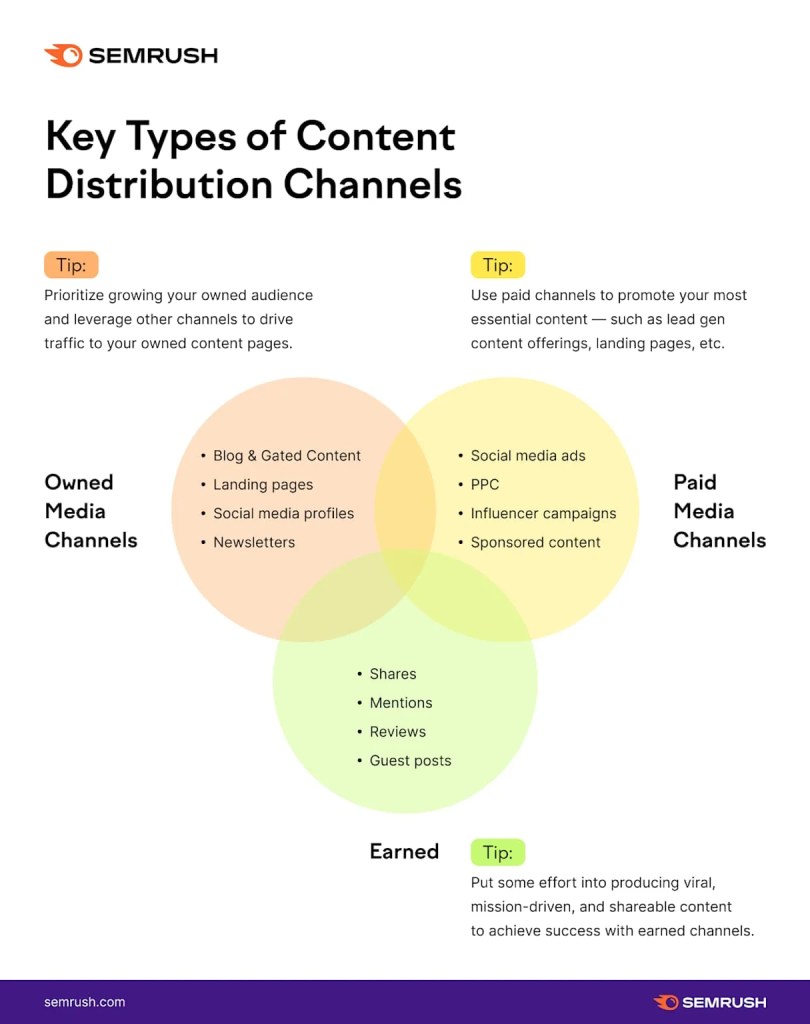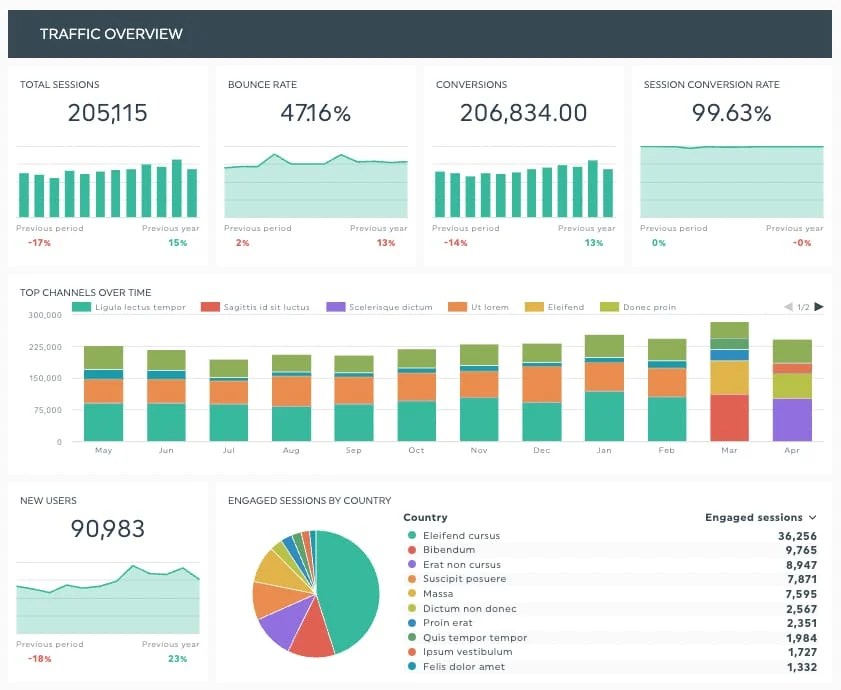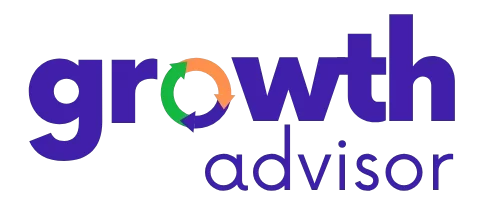- The 2025 Search Ecosystem: Navigating AI-Powered Discovery
- Content Formats Driving Results in 2025
- Technical SEO Foundations for Content Success
- Content Creation Process: Strategic Implementation
- Content Distribution & Promotion Strategies
- Measurement & Optimization Framework
- Implementation Roadmap and Next Steps
Picture this: You’ve just published what you believe is your best content piece yet, thoroughly researched, beautifully written, and packed with value and content marketing strategies.
Yet weeks later, it’s buried on page three of Google, generating minimal traffic and zero conversions. Sound familiar? You’re not alone in this struggle, as 58.5% of all US-based searches now result in zero-click experiences, fundamentally changing how content must be created and optimized.
The digital landscape has undergone a seismic shift in 2025, where traditional content marketing strategies 2025 must seamlessly integrate with sophisticated SEO content integration techniques to survive.
Gone are the days when you could simply publish blog posts and 🤞 hope for organic discovery.
Today’s successful organic growth playbook demands a strategic fusion of content excellence and technical precision, creating experiences that satisfy both human readers and AI-powered search algorithms.
This comprehensive guide will transform your approach to content marketing by revealing the advanced strategies that 70% of marketers overlook, helping you capture featured snippets, optimize for answer engines, and achieve measurable ROI from every piece of content you create.
You’ll discover how to create SEO content that ranks in 2025 while building genuine audience connections that drive long-term business growth.
The 2025 Search Ecosystem: Navigating AI-Powered Discovery
AI Overviews and Their Impact on Organic Visibility
The search landscape has fundamentally evolved with Google’s integration of AI Overviews, which now appear for approximately 25.6% of desktop searches and 17.3% of mobile searches.
These AI-generated summaries pull information directly from web content, creating both opportunities and challenges for content creators pursuing AI search optimization strategies. Understanding this shift requires recognizing that search engines now prioritize content that can be easily interpreted and synthesized by artificial intelligence systems.
Your content must demonstrate clear expertise while providing direct, actionable answers that AI can confidently reference and cite.
Answer Engines as the New Search Frontier
Answer Engine Optimization (AEO) has emerged as the next evolution beyond traditional SEO, focusing on structured content that provides immediate value to both users and AI systems.
Unlike conventional search optimization that targets keyword rankings, AEO ensures your content appears as a trusted source within AI-generated responses across platforms like Perplexity AI, ChatGPT, and Bing Copilot.
This transition demands content that leads with value, answers specific questions comprehensively, and maintains authoritativeness through proper citation and expertise demonstration.
The most successful content in this environment combines conversational tone with structured data markup, enabling seamless integration into answer engine results.
Shifting Metrics: From Traffic to Conversion Quality
Modern content performance measurement extends far beyond traditional pageview metrics, emphasizing engagement quality and conversion effectiveness.
Today’s successful content marketing strategies 2025 focus on metrics that indicate genuine user satisfaction and business impact, including time spent on page, scroll depth, and conversion attribution.

Smart marketers now track content-attributed revenue, customer lifetime value from organic channels, and the quality score of traffic rather than volume alone. This shift reflects the reality that a smaller audience of highly engaged users often generates more business value than massive traffic with poor engagement rates.
Content Formats Driving Results in 2025
Long-Form Comprehensive Content Strategy
Research indicates that long-form content exceeding 2000 words achieves 180% higher engagement rates compared to shorter formats, while maintaining an impressive 90 SEO impact score.

Creating effective long-form content requires strategic structure using proper heading hierarchy, internal linking to related topics, and integration of multimedia elements that enhance user experience. The most successful pieces combine original insights with data-driven analysis, establishing your brand as a definitive resource within your industry niche.
Video Content Optimization for Multi-Platform Success
Video content now accounts for over 80% of online traffic, with short-form videos demonstrating 200% engagement rates and 55% share rates across platforms.
However, long-form video content (10+ minutes) shows superior conversion potential with 85% ROI ratings, indicating that format selection should align with specific campaign objectives.
Optimizing video content for search requires strategic keyword integration in titles, descriptions, and closed captions, combined with proper thumbnail optimization and engagement-driven content structure.
Voice search optimization for video content involves creating conversational, question-based formats that address specific user queries naturally.
Interactive Content Elements That Drive Engagement
Interactive content demonstrates remarkable performance advantages, generating 300% higher engagement rates and 95% ROI potential compared to static alternatives. These formats include calculators, quizzes, assessments, and polls that encourage active user participation while collecting valuable behavioral data.
Implementation requires balancing engagement mechanics with SEO-optimized content creation, ensuring interactive elements enhance rather than hinder search engine crawling and indexing . The most effective interactive content incorporates lead capture mechanisms that support broader marketing automation workflows.
User-Generated Content Integration Systems
User-generated content (UGC) has evolved beyond simple social media sharing, now representing a strategic content marketing format with 140% projected growth and 85% ROI potential. Successful UGC strategies involve systematic collection frameworks, strategic placement throughout the customer journey, and seamless integration with owned media channels.
Building effective UGC programs requires establishing clear incentive systems, creating branded hashtags for discoverability, and developing content curation processes that maintain quality while encouraging authentic user participation.
The most successful brands leverage UGC to demonstrate social proof while reducing content creation costs and improving search engine trust signals.
Technical SEO Foundations for Content Success
Core Web Vitals Performance in 2025
Google’s Core Web Vitals continue serving as critical ranking factors, with recent updates emphasizing Interaction to Next Paint (INP) as the primary responsiveness metric, replacing First Input Delay.
Current benchmarks show that only 47% of mobile sites achieve good Largest Contentful Paint scores, while 52% meet INP requirements and 65% pass Cumulative Layout Shift thresholds.

Optimizing for Core Web Vitals requires comprehensive technical implementation including image optimization using next-generation formats like WebP, implementing lazy loading for non-critical resources, and minimizing JavaScript execution time.
The most effective approach involves continuous monitoring using Google PageSpeed Insights and Search Console, combined with proactive optimization based on real user experience data.
Mobile-First Indexing Requirements
With mobile traffic accounting for 60.4% of all web visits, Google’s mobile-first indexing now places primary emphasis on mobile user experience quality. This shift demands responsive design implementation, mobile-optimized content formatting, and touch-friendly navigation that enhances user interaction across devices.
Success requires ensuring content parity between mobile and desktop versions, implementing structured data markup correctly across all device types, and optimizing loading performance specifically for mobile network conditions.
Regular mobile usability testing through Google Search Console helps identify and resolve issues that could impact search visibility.
Schema Markup Implementation for Enhanced Visibility
Structured data markup has become essential for content discoverability, particularly for featured snippet optimization and AI Overview inclusion. Implementing appropriate schema types—including Article, FAQ, HowTo, and Review markup—helps search engines understand content context and purpose more effectively.
The most impactful schema implementations focus on marking up key content elements like author information, publication dates, review ratings, and step-by-step instructions that align with user search intent. Regular testing using Google’s Rich Results Test ensures markup validity and identifies opportunities for enhanced SERP feature eligibility.
Content Creation Process: Strategic Implementation
Research Methodology for High-Potential Topic Identification
Effective content creation begins with systematic research using AI-powered keyword research tools combined with competitor analysis and search intent evaluation. The most successful approach involves analyzing top-ranking content for target keywords, identifying content gaps, and developing unique value propositions that differentiate your content from existing alternatives.

Advanced research techniques include monitoring trending topics using tools like Google Trends, analyzing People Also Ask sections for related queries, and leveraging social listening data to identify emerging conversation themes within your industry.
This comprehensive approach ensures content alignment with both search demand and audience interests.
Creating Content for Humans and Search Engines
Modern SEO-optimized content creation requires balancing human readability with search engine optimization requirements, ensuring content flows naturally while incorporating target keywords and semantic variations.
The most effective approach involves creating detailed content briefs that outline user intent, keyword integration strategy, and competitive differentiation points.
Professional content optimization involves using tools like Clearscope or Surfer SEO for semantic keyword analysis, combined with readability testing using Hemingway Editor or Grammarly for content refinement.
This dual-focused approach ensures content satisfies both user experience requirements and search algorithm preferences.
Incorporating Original Research and Data
Original research content demonstrates exceptional performance, achieving 250% engagement rates and 95% SEO impact scores while generating 60% share rates across platforms. Creating proprietary data involves conducting surveys, analyzing industry trends, or compiling unique insights that establish thought leadership within your market niche.
Successful research integration requires proper data visualization, clear methodology explanation, and actionable insights that readers can implement immediately.
The most valuable research content combines quantitative analysis with qualitative insights, providing comprehensive perspectives that encourage citation and referencing by other content creators.
Featured Snippet and AI Overview Optimization
Optimizing content for featured snippets requires strategic implementation of “What is” headings, concise 40-60 word definitions using “is” statement structure, and comprehensive topic coverage in 2-3 sentences.
The most successful optimization involves matching existing featured snippet formats—whether paragraph, list, or table—while providing objective, encyclopedia-style definitions.
Advanced techniques include creating content sections specifically designed for voice search queries, implementing FAQ schema markup for question-based content, and structuring information hierarchically to support different search intent types.
Regular monitoring of featured snippet performance helps identify optimization opportunities and content refresh needs.
Content Distribution & Promotion Strategies
Multi-Channel Distribution Framework
Effective content marketing strategies require strategic channel selection based on audience behavior, content format suitability, and conversion potential. Research shows that organic search maintains the highest effectiveness score (61.8), followed by direct website traffic (54.5) and industry forums (51.2) for overall content performance.


Implementation involves developing channel-specific content adaptations while maintaining consistent messaging across platforms. The most successful distribution strategies combine owned media channels (website, email, social profiles) with earned media opportunities (guest posting, influencer partnerships) and targeted paid amplification for high-value content pieces.
Partnership and Collaboration Leverage
Strategic partnerships multiply content reach while building industry authority through association with established thought leaders.
Effective collaboration involves identifying complementary businesses, co-creating valuable resources, and developing cross-promotional agreements that benefit all parties involved.Success requires establishing clear collaboration guidelines, defining content ownership rights, and creating systems for tracking partnership-attributed traffic and conversions.
The most valuable partnerships focus on audience overlap rather than direct competition, expanding reach while maintaining content relevance.
Email Marketing and Social Amplification
Email marketing demonstrates strong effectiveness across multiple metrics, achieving 85% reach potential and 90% cost effectiveness while maintaining 15% conversion rates. Successful email content promotion involves strategic segmentation, personalized subject lines, and value-driven content summaries that encourage click-through and engagement.
Social amplification requires platform-specific optimization, with LinkedIn showing particular effectiveness for B2B content distribution and professional networking. Creating platform-appropriate content variations ensures maximum engagement while directing traffic back to comprehensive website resources.
Measurement & Optimization Framework
Key Performance Indicators Beyond Traffic
Modern content measurement focuses on business impact metrics including content-attributed revenue, customer acquisition cost reduction, and lifetime value improvement from organic channels. Advanced tracking involves implementing proper attribution modeling, conversion tracking, and revenue attribution systems that connect content performance to business outcomes.


Effective measurement requires establishing baseline performance metrics, setting realistic improvement targets, and developing reporting systems that communicate content ROI to stakeholders clearly. The most valuable metrics include engagement quality indicators, conversion funnel progression, and brand awareness measurement through branded search volume tracking.
Content Performance Optimization Tools
Professional content optimization requires strategic tool selection combining keyword research platforms (Semrush, Ahrefs), content optimization software (Clearscope, Surfer SEO), and performance tracking systems (Google Analytics, Search Console). Effective tool implementation involves establishing regular monitoring schedules, creating automated reporting systems, and developing optimization workflows based on performance data.
Advanced optimization techniques include content split testing, personalization implementation, and dynamic content optimization based on user behavior patterns. The most successful optimization programs combine quantitative performance data with qualitative user feedback to guide continuous improvement efforts.
For businesses seeking comprehensive SEO and content marketing optimization, services like those offered by growthadvisor.in can provide expert technical SEO audits, content strategy development, and performance optimization that accelerates organic growth while reducing internal resource requirements.
A/B Testing Framework for Continuous Improvement
Systematic content testing involves comparing headline variations, content structure alternatives, and call-to-action placement to optimize conversion performance. Effective testing requires sufficient traffic volume, statistical significance measurement, and clear hypothesis development that guides testing priorities.
Implementation involves establishing testing schedules, creating variation tracking systems, and developing decision-making frameworks based on test results. The most successful testing programs focus on high-impact elements like headlines, meta descriptions, and content formatting that influence both search visibility and user engagement.
Content Refresh and Update Strategies
Strategic content refreshing involves identifying underperforming assets, updating outdated information, and expanding successful content into comprehensive resource hubs. Effective refresh strategies focus on content with existing search visibility but declining performance, adding new sections, updating statistics, and improving user experience elements.
Success requires establishing refresh schedules, monitoring content decay indicators, and developing systems for identifying refresh opportunities based on search performance changes. The most valuable refreshes involve significant content expansion, improved user experience implementation, and enhanced optimization for current search algorithm preferences.
Implementation Roadmap and Next Steps
The successful integration of SEO and content marketing strategies 2025 requires systematic implementation following proven frameworks that balance immediate wins with long-term growth objectives. Your organic growth playbook should prioritize high-impact optimizations while building sustainable processes that scale with business growth.
Begin with foundational technical SEO improvements including Core Web Vitals optimization, structured data implementation, and mobile experience enhancement, as these elements directly impact search visibility across all content types. Simultaneously, develop content creation workflows that incorporate keyword research, user intent analysis, and optimization best practices from initial conception through publication.
The most successful implementations involve cross-functional collaboration between content creators, technical teams, and marketing strategists, ensuring seamless execution of integrating SEO and content marketing strategy across all organizational touch points. Regular performance reviews and optimization cycles maintain momentum while adapting to algorithm updates and industry evolution.
For organizations seeking accelerated results, partnering with specialized agencies like growthadvisor.in can provide expert content strategy development, technical SEO optimization, and performance tracking that delivers measurable ROI while building internal capabilities for long-term success.
Consider implementing this framework gradually over 8-12 weeks, focusing on one major initiative per week while maintaining consistent content production that demonstrates ongoing value to your target audience. Success depends on commitment to both strategic planning and tactical execution, combined with patience for organic growth timelines that typically show significant results within 3-6 months of consistent implementation.
The future of content marketing lies in this strategic integration, where technical excellence meets creative storytelling to create experiences that satisfy both search algorithms and human curiosity. By implementing these proven strategies, you’ll build sustainable competitive advantages that generate consistent organic growth regardless of platform changes or industry disruption.
As you embark on this transformation journey, ask yourself: What would your business achieve if every piece of content you created was designed to rank, engage, and convert from the moment of publication?






